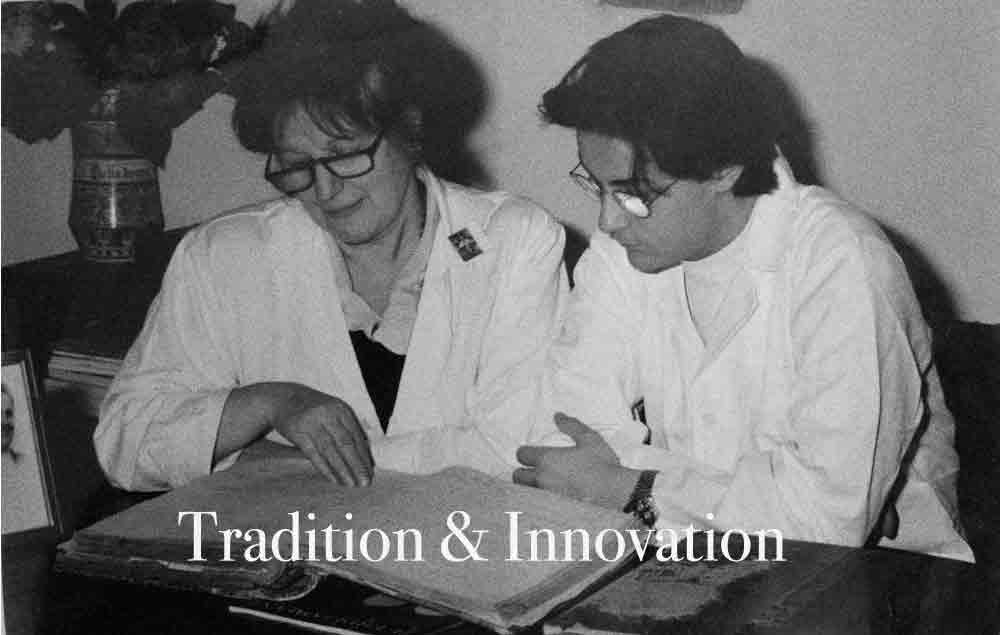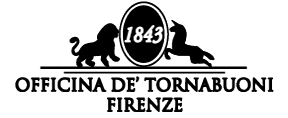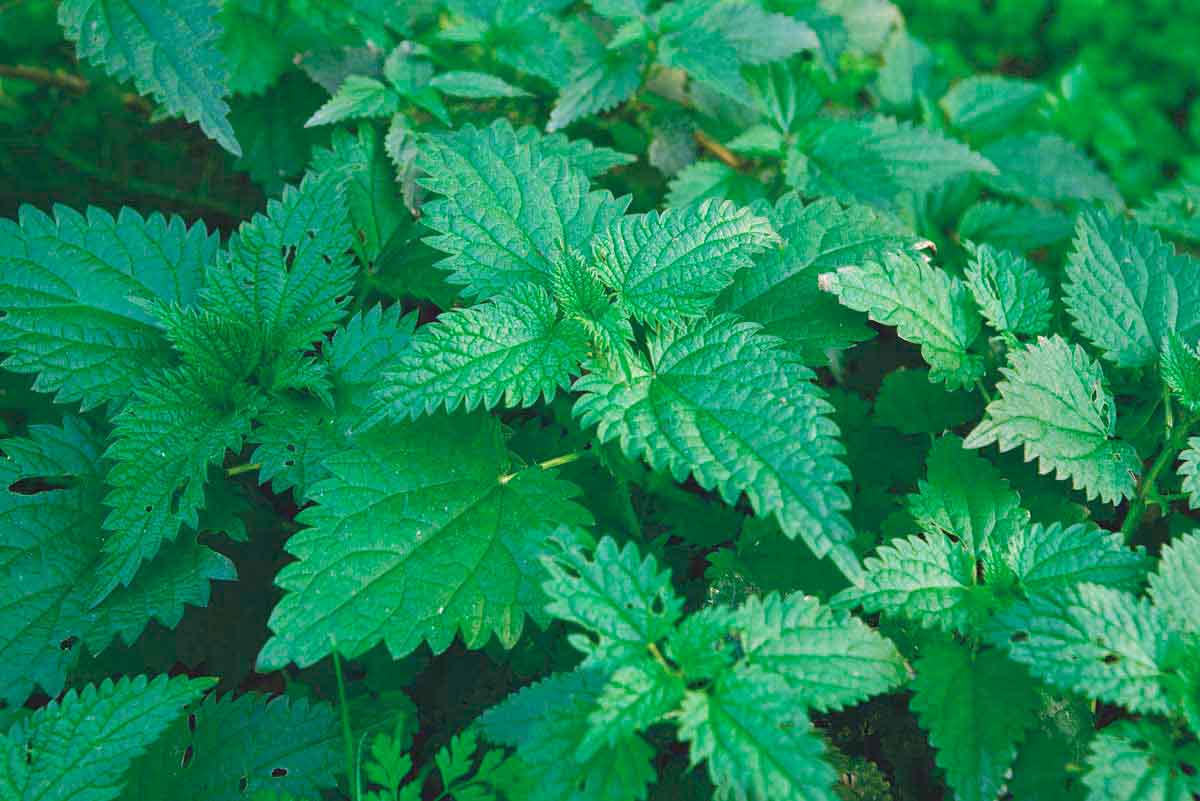Scientific name: Urtica urens.
Common name: nettle.
English name: annual nettle.
Properties: promotes prostate function.
Parts used: leaves, seeds and roots. Each part has distinct active principles with differing actions.
SEEDS: they contain fatty oil (up to 30%) of a yellow-green color, due to a high content of chlorophyll, carotenoids, tocopherol, linoleic acid and phytohormones.
Currently it is considered a perfect herbal geriatric for its tonic and stimulating actions that increase all vital processes. In traditional popular use it is instead considered an antirheumatic remedy and cosmetic.
LEAVES: specific phyto-complex rich in minerals up to 18-20% in dry leaves. The presence of chlorophyll, vitamins C, K, and B complex, carotenoids, flavonoids (quercetin, campferol, etc.) is very important. The leaves have always been used as a purifying, remineralizing, anti-anemic and anti-rheumatic.
ROOT: a set of active ingredients, sitosterols or precursors of plant hormones, which make preparations very useful in urination disorders. The nettle root can be also used in herbal tea.
 the Authentic Florentine Tradition.
the Authentic Florentine Tradition.




